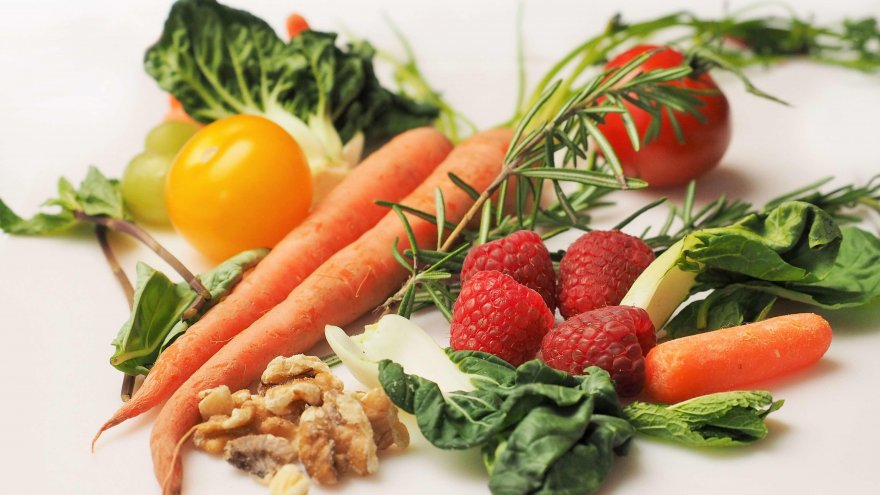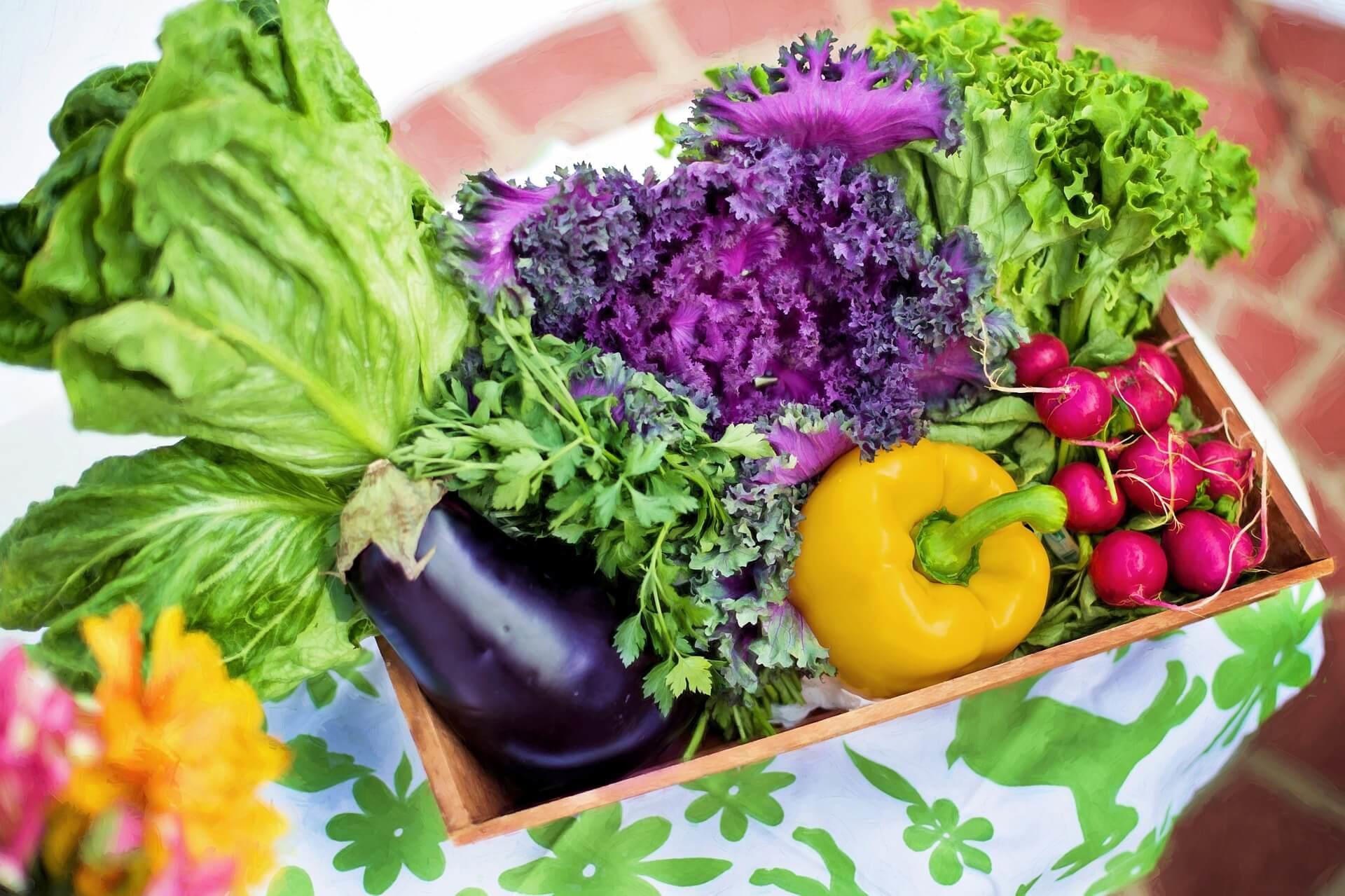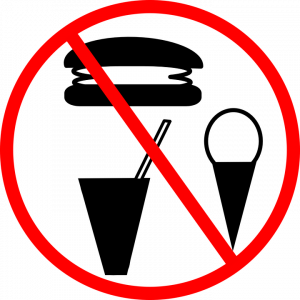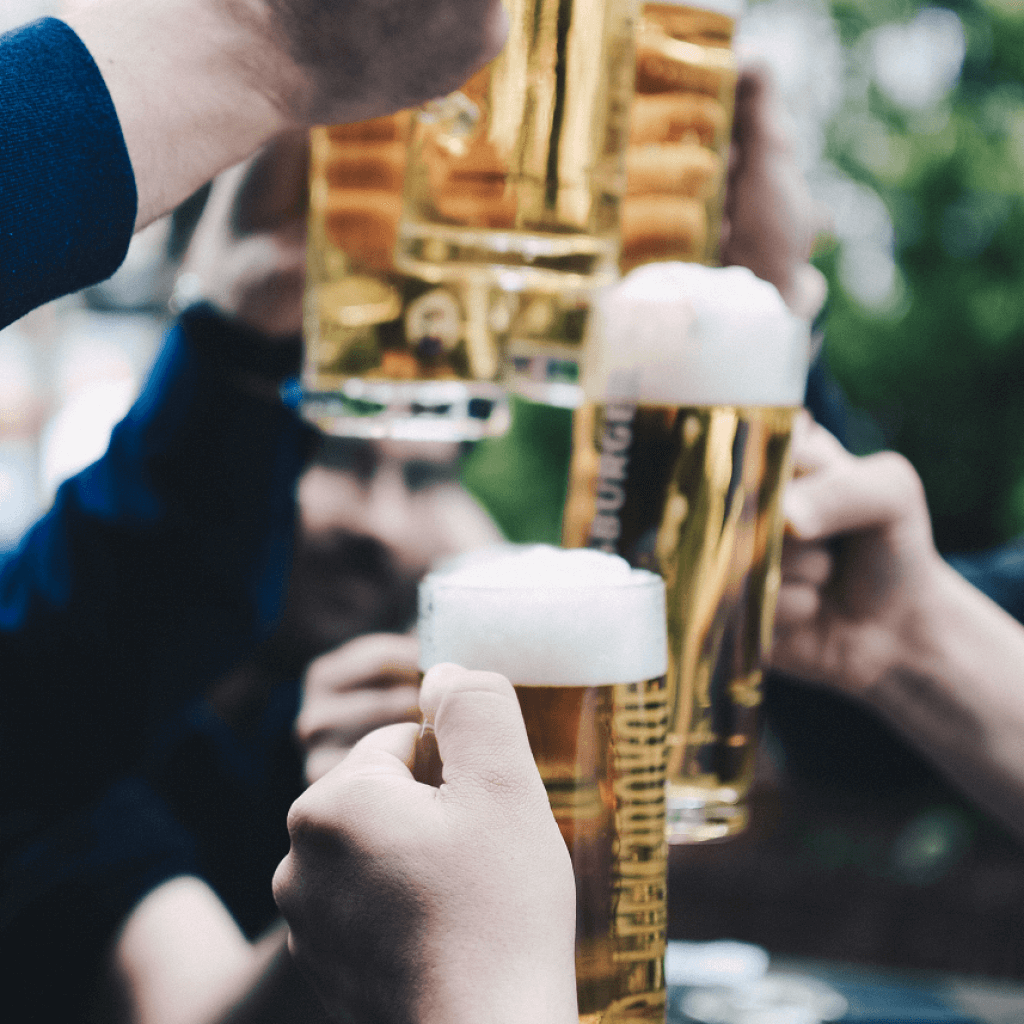Whole30 Diet: Should Runners Try It?

For nearly ten years, the Whole30 Diet has been a popular diet solution for individuals trying to cut out processed and overly sugary foods to help end unhealthy cravings, restore health and metabolism, and get back to a more plant-based and natural diet. Much like the Paleo Diet, Whole30 focuses on what the name suggests: consuming “whole” foods that are naturally found on earth for 30 consecutive days. These include foods from plant sources like vegetables, some (but not all) fruits, nuts, seeds, and natural oils and animal-based food sources like lean meats, seafood, and eggs. This leaves a lot of foods that you’re probably consuming on a regular basis off the list: dairy products, certain legumes , sugar, and most carbohydrate sources from wheat and whole grains. If weight loss or cutting out sugar and ending food cravings is your goal, then the Whole 30 Diet could be good for you. But what about those of us who’re runners, athletes, or just trying to fuel an active lifestyle? Will it provide us with adequate sustenance?
The Good
The most obvious “pro” about the food consumed while doing the Whole 30 Diet is that you are giving up packaged and processed foods. At first this might be difficult, especially if you’re reliant on these kinds of foods for training purposes (i.e., gels and energy shots consumed while out on a run) or for convenience sake. You’re probably going to have to spend a little more time in the kitchen prepping and making your snacks and meals but, not only will you be consuming more wholesome, nutrient dense foods, but you might find that you actually like cooking, experimenting with recipes, and getting creative with your food. And you’re more likely to see a positive change in the way you feel physically.

Most folks report that Whole 30 gave them more energy and decreases bloating, gastrointestinal issues, fatigue, and overall lethargy. You’ll also be eating way more meat and eggs than you probably ever have. Meat and eggs are excellent sources of protein so you may recover more efficiently after runs and workouts than before. If you’re regularly incorporating some strength training into your routine, you’ll likely see more dramatic muscle toning than before. And if you’re a creature of habit and have been eating the same foods for the same meals on rotation for a while, a diet like Whole 30 will introduce you to new foods that you might not otherwise have had the opportunity to try.
The Bad
The first red flag most runners see in the Whole 30 diet is the lack of carb sources because we’re used to getting our carb-load from whole grains like breads and pastas. We know that our bodies absolutely need carbohydrates to function properly and efficiently, especially to fuel our long runs and workouts. And you might just really enjoy indulging in a giant bowl of pasta and it might be a heavily guarded part of your pre-race routine. That’s why, if you decide to try the Whole 30 diet, do it during a month when you’re not planning to run as high of mileage because it might take your body some time to adjust to using other carb sources for glycogen fuel – especially if you are used to a consistent pasta and bread rotation.

Fortunately, the Whole30 Diet does allow you to consume carbs, but they’ll be coming from other foods wouldn’t traditionally associate with carb loading, like those found in fruits like bananas, apples, dates, and figs, some vegetables like white and sweet potatoes and winter squashes, and chia seeds. These foods are versatile too, and can be prepared in many ways to keep things tasty and interesting. So the short answer is that, yes, you can definitely get enough carbs to fuel your running through the Whole30 diet. It just might not look like the traditional carb-load, and it might take your body a bit of time to adjust to the change.
The Ugly
Of all the foods that you CAN’T consume while on the Whole30 Diet, the lack of beverage options might be the hardest. Basically, you can only have water and black coffee. And that’s the foundation for most runners’ beverage diet but we also crave variety! Sometimes, it’s just way easier to have a sports drink while on a run because it hydrates us and provides an easy source of fast-digesting glucose and quick energy source. And when it’s cold, wet, and dreary outside during the morning of our scheduled long-run, the comfort of a little milk or creamer in our coffee is just about the only thing that gets us moving and out the door. Not to mention that soda addiction is a real thing, and ripping ourselves out of that daily Diet Coke habit can be more painful than we’d like to admit.

And then, of course, there’s alcohol (or the lack-there-of). No post-race celebratory glass of wine or beer at the finish line. However, like the other foods allowed on the Whole30 diet, if you commit to just 30 days of strictly black coffee and water, you might be pleasantly surprised and how better you feel, and that you actually don’t miss those other indulgences at all!
After Whole30
And then there’s always the question of what happens after the initial 30 days are up? Do you just go back to eating everything you did before? Is this kind of elimination diet sustainable for the long run? Again, it depends on your own personal results during the first 30 days and how much time, energy, and resources you want to commit to it. You might experience extraordinary benefits and changes in the way you feel overall. If that’s the case, then you’ll probably want to continue.
Another sustainably way to continuing the Whole30 approach without missing out on every single birthday, party, or celebration is to use the 80/20 rule, meaning 80 percent of the time, fill your plate with Whole30 approved foods. For the large majority of the time, you’ll be sticking to foods that makes you perform at your best. But there’s also wiggle room for fun and celebratory foods so you don’t feel deprived.
Sources
- , Mile Posts: How To Fuel Your Running On Whole30, Women's Running Article
- , Can Runners Get Enough Fuel On The Whole 30 Diet?, Women's Running Artice
- , WHOLE30 101: THE OFFICIAL “CAN I HAVE…” GUIDE TO THE WHOLE30®, Whole 30 Foods List
Latest Articles
 Is Running on a Treadmill Easier Than Running Outside?Runners have their own preferences, whether it is treadmill running, running outside on the road, or exploring trails. So...
Is Running on a Treadmill Easier Than Running Outside?Runners have their own preferences, whether it is treadmill running, running outside on the road, or exploring trails. So... Is It OK to Use Trail Running Shoes on the Road?While trail running shoes can be used on roads, especially in situations where a runner encounters mixed terrains or pref...
Is It OK to Use Trail Running Shoes on the Road?While trail running shoes can be used on roads, especially in situations where a runner encounters mixed terrains or pref... How to Fix Sore Quads After Running?Rest, ice, gentle stretching, and over-the-counter pain relievers can help soothe sore quads after running. Also, ensure ...
How to Fix Sore Quads After Running?Rest, ice, gentle stretching, and over-the-counter pain relievers can help soothe sore quads after running. Also, ensure ... 10 Fruits With The Most Electrolytes to Replace Sports DrinksThese fruits are high in electrolytes such as potassium, magnesium, and calcium, essential for hydration, muscle function...
10 Fruits With The Most Electrolytes to Replace Sports DrinksThese fruits are high in electrolytes such as potassium, magnesium, and calcium, essential for hydration, muscle function...

